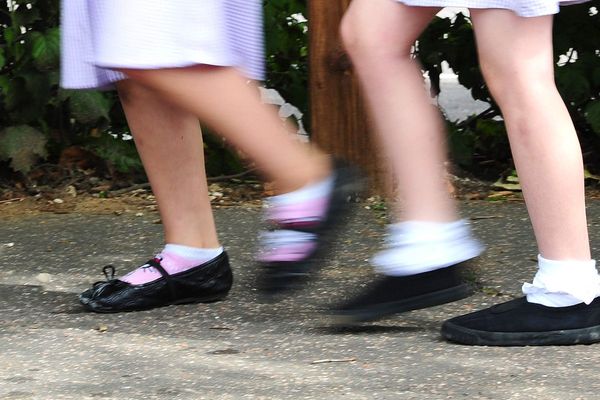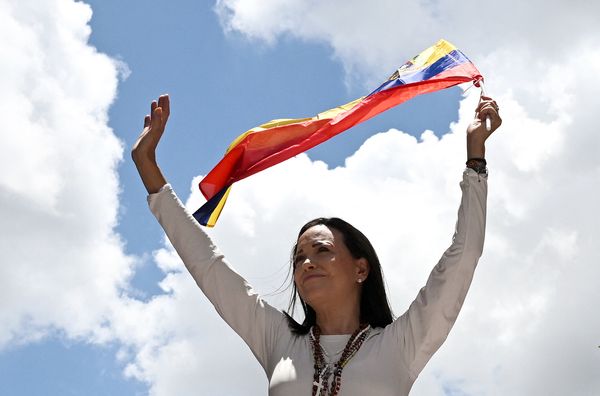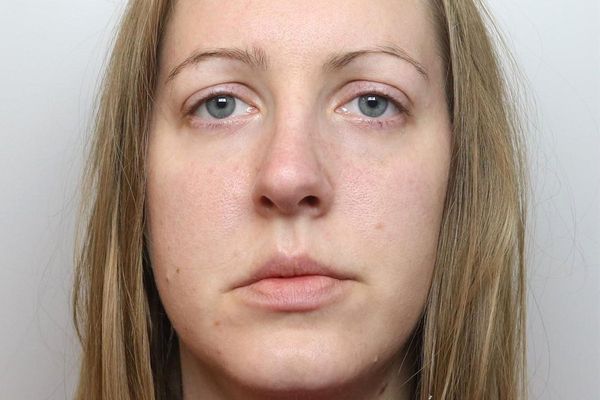
Outside of advertisements and Hollywood films, idyllic snow-filled Christmas scenes are becoming increasingly rare in the UK, according to a Guardian analysis.
The UK has faced bitter cold this week, with Sunday’s snowfall leading to travel disruption and a level 3 cold weather alert for the whole of England until Friday morning. Next week is set to be milder, however, with the chance of a white Christmas remaining low for most parts of the UK.
Analysis shows the chances of a white Christmas have become slimmer as the climate has grown warmer. On average, snow was much less likely to fall on Christmas Day in the 2010s than it was in the 1960s, according to data from the Met Office. At the same time, average temperatures on Christmas Day are warmer in all parts of the UK.
The data shows that only eight white Christmases were observed at 44 analysed weather stations in the 2010s, less than half the number of any other decade since records started.
The trends do not just apply to Christmas Day, with the entire month of December now less snowy than it used to be. All regions of the UK have seen the number of December days with snow on the ground drop in the past 10 years compared with the period from 1970 to 2010.
London recorded a three-quarters drop in the average number of snowy December days in 2011-21 compared with 1970-2010, with an average of just one snowy December day every three years. It is the UK’s least snowy region.
Northern Scotland – the snowiest part of the UK – had an average of 6.1 snowy December days from 1970 to 2010, but an average of 4.2 over the past 10 years.
Average temperatures on Christmas Day have also increased throughout the UK over the same periods.
The biggest jump was recorded in the West Midlands, where the average maximum temperature went from 6.2C (43.1F) to 9.2C.
Historically, north and east Scotland are the coldest regions on 25 December, with average minimum temperatures just below freezing in the period from 1960 to 2010. This is reflected in the frequency of snow cover there, which is also the highest in the UK – about six days in December over the same period.
However, while they are still the coldest and snowiest regions in the UK, over the past decade they had fewer days of snow cover than north-east England did between 1970 and 2010.
As of Thursday 15 December, bookmakers estimate the chances of a white Christmas this year at no better than 35% for the places they are taking bets on. The best chance of a white Christmas is in Edinburgh.
The Met Office climate scientist Prof Lizzie Kendon said: “As our climate warms, our winters in the UK are becoming warmer on average which is already leading to a reduction in the number and severity of cold extremes we experience.
“Although this trend will continue under further global warming, the UK can still expect to experience cold spells of weather due to the natural variability of the British weather. Although becoming less frequent, days below freezing known as ice days will still be possible in the future although they will be rarer.”
• This article was amended on 16 December 2022, to remove a number of references to percentage rises in temperature. The Celsius scale is a relative scale, not an absolute scale, and it is therefore incorrect to say that an increase from 10C to 15C, for example, is a rise in temperature of 50%.







